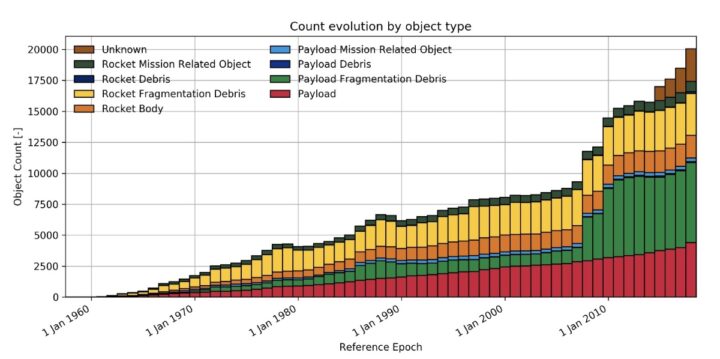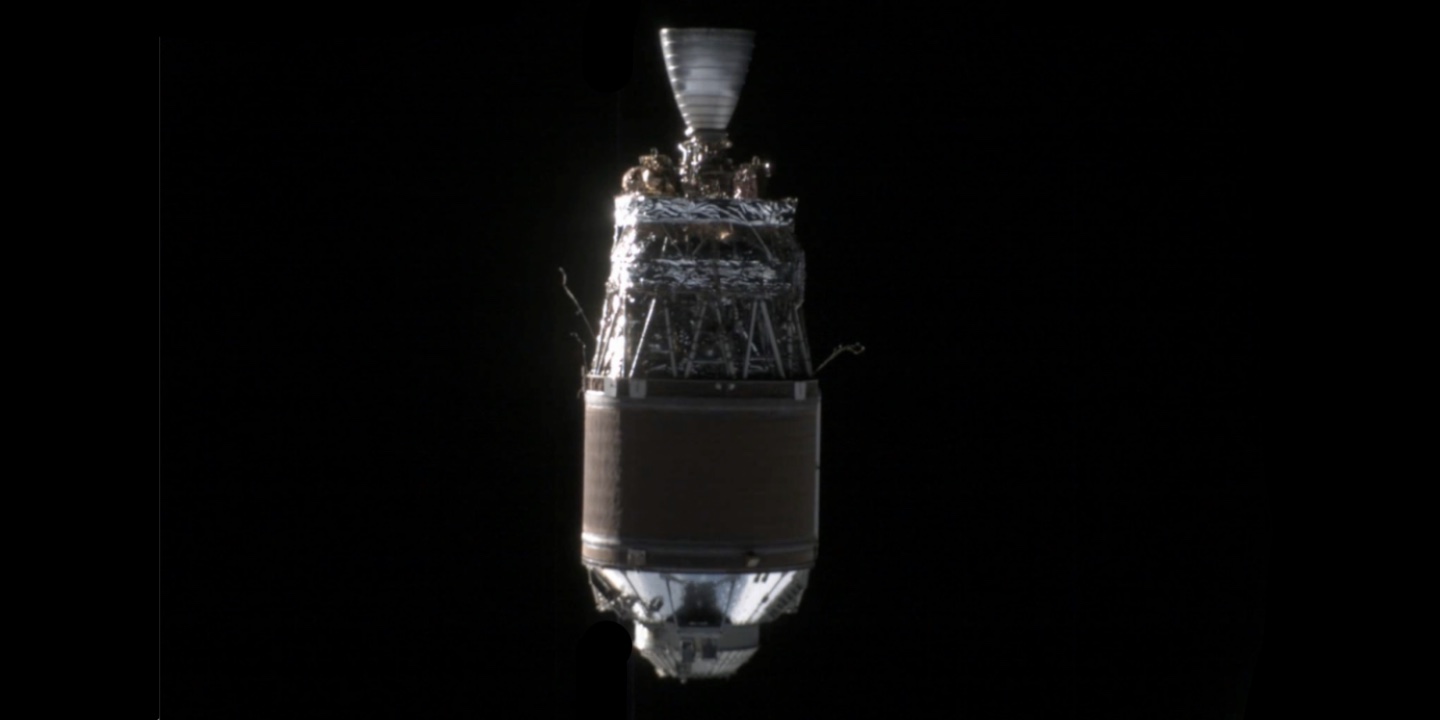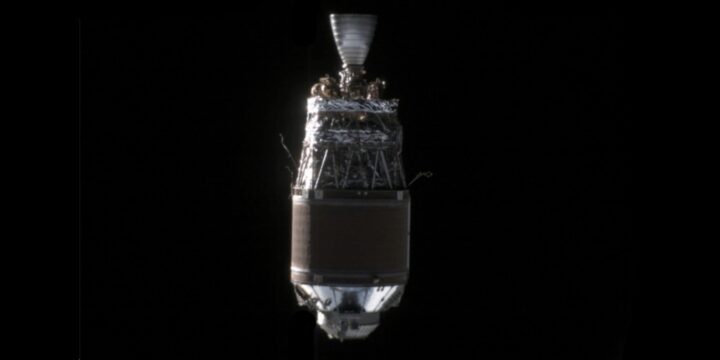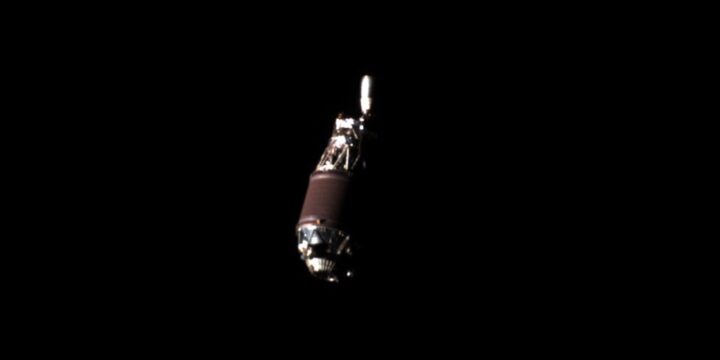It is nothing new that satellites inhabiting Earth's orbit are equipped with cameras. Now, using this equipment a company that collects space debris has photographed a huge piece of an abandoned rocket. A kind of ghostly image that has been orbiting our planet for about 15 years.
There is space junk the size of buildings
Orbital debris removal company Astroscale shared a stunning image captured by the satellite Active debris removal By Astroscale-Japan (ADRAS-J).
The image taken from just 50 meters away shows a large piece of space junk - the upper stage of a spent rocket about 11 meters long that had been in low Earth orbit for 15 years, after launching an Earth observation satellite to Japan in 2009. Astroscale described the controlled approach It is the first of its kind in the world.
The Japanese Aerospace Agency has selected Tokyo-based Astroscale for the Commercial Debris Removal Demonstration (CRD2) program, and ADRAS-J is part of this initiative. Studying a piece of space debris up close allows Astroscale to fully understand its condition and movement before removing it.
The data collected will allow a future mission to make a safe approach, grab it with robotic arms and transport it out of orbit, where it will burn up in Earth's atmosphere.
Garbage that flies at a speed of 28 thousand kilometers per hour
Space debris in low Earth orbit includes not only pieces of old rockets, but also decommissioned satellites and fragments resulting from collisions between those pieces.
a NASA says there are millions of pieces of space junk orbiting Earth At a speed of approximately 28 thousand kilometers per hour, which poses a danger to the operation of satellites that provide vital services, as well as to human-inhabited habitats, such as the International Space Station and the Chinese Space Station.
International efforts have been underway for years to find ways to safely and efficiently remove the debris, which NASA says totals about 6,000 tons.

During more than 60 years of space activities, there have been more than 6,050 launches, resulting in about 56,450 objects being observed in orbit, of which about 28,160 objects are still in space and are regularly followed by Space surveillance network From the USA and preserved in its catalog.
a The Astroscale mission was the first approach attempt, safely characterize and examine the condition of a large piece of space debris in order to evaluate its movement and condition. Efforts to maneuver the ADRAS-J spacecraft toward the bin began in February, using GPS and ground observation data.
On April 9, the ADRAS-J spacecraft successfully used its onboard camera to detect garbage, paving the way for the approach phase of the observing mission.
As ADRAS-J approached within a few kilometers of the wreckage, the team deployed an onboard infrared camera that used navigation algorithms for a safe final approach. In May, ADRAS-J got within about 50 meters of the litter, to the point where it was able to take detailed images, including the one at the top of this page. ADRAS-J will now attempt to get closer to the wreckage to take more detailed images.
The images and data collected are expected to be crucial to better understanding the wreck and providing important information for future removal efforts.
Astronomer stated.

“Coffee trailblazer. Social media ninja. Unapologetic web guru. Friendly music fan. Alcohol fanatic.”



